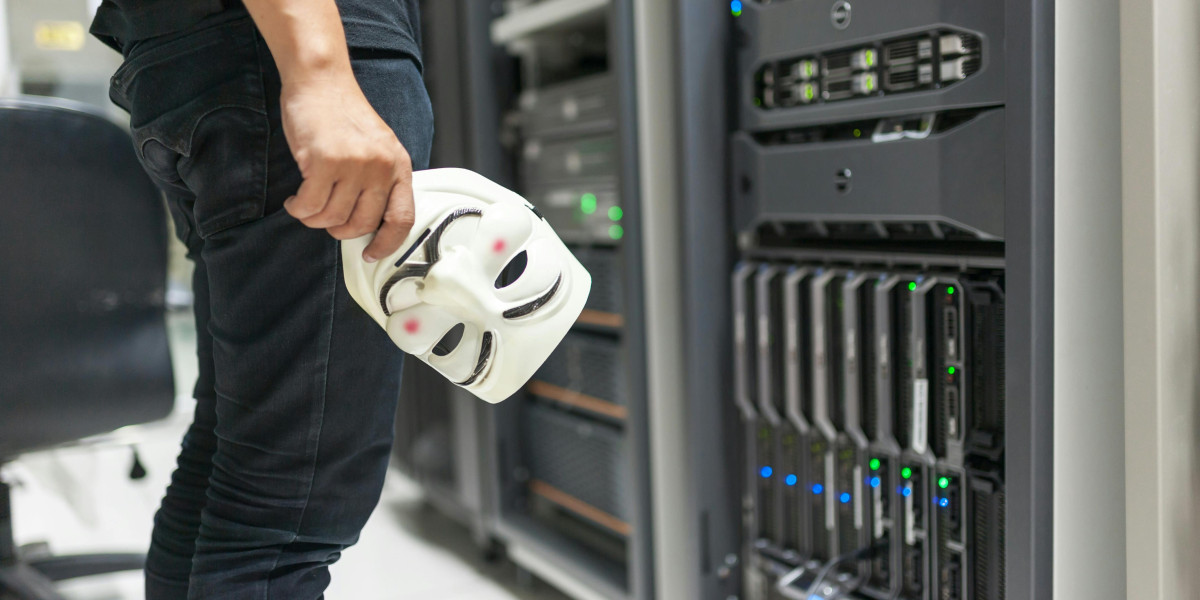Maintaining server systems is critical for ensuring smooth operations and minimizing downtime in any organization. A well-maintained server infrastructure can prevent unexpected failures, improve performance, and extend the lifespan of hardware. This article provides a comprehensive server maintenance checklist, supported by real-world data and case studies, to help you keep your servers running efficiently. Following this checklist will help ensure the stability and reliability of your server systems.
Understanding the Importance of Server Maintenance
Server maintenance involves regularly checking and updating your server hardware and software to ensure optimal performance and security. Proper maintenance can prevent costly downtime, enhance security, and improve the overall performance of your server systems.
Key Benefits of Regular Server Maintenance
- Reduced Downtime: Regular maintenance can identify and fix potential issues before they lead to server failure, minimizing downtime.
- Improved Performance: Keeping your server software and hardware updated ensures your system runs efficiently and quickly.
- Enhanced Security: Regular updates and security patches protect your servers from vulnerabilities and cyberattacks.
- Extended Lifespan: Proper maintenance can prolong the life of your server hardware, delaying the need for expensive replacements.
Server Maintenance Checklist
1. Regular Software Updates and Patch Management
Ensuring that your server software is up to date is crucial for security and performance. This includes updating the operating system, applications, and any firmware. Regular patch management helps protect your server from vulnerabilities that could be exploited by attackers.
Case Study: In 2017, the WannaCry ransomware attack affected thousands of systems worldwide, primarily targeting unpatched Windows operating systems. Organizations that had regular patch management procedures in place were able to avoid the devastating effects of the attack.
2. Hardware Inspections and Upgrades
Regularly inspect your server hardware for signs of wear and tear. Check for issues such as overheating, unusual noises, or physical damage. Replace any failing components promptly to avoid unexpected failures. Upgrading hardware, such as adding more RAM or faster storage, can also improve server performance.
Case Study: A financial services company conducted routine hardware inspections and identified several servers that were running hot due to dust buildup. By cleaning the servers and improving cooling measures, they avoided potential hardware failures and improved system performance.
3. Data Backup and Recovery Testing
Regularly back up your server data to ensure you can recover it in the event of data loss or corruption. Test your backup and recovery processes periodically to ensure they work as expected. Consider using automated backup solutions to simplify the process.
Case Study: A retail company experienced a server crash that resulted in data loss. Fortunately, their regular backup routine allowed them to restore the data quickly, minimizing the impact on their operations. Testing their recovery process beforehand ensured a smooth restoration.
4. Monitoring Server Performance and Logs
Monitor your server performance metrics, such as CPU usage, memory usage, and disk space, to identify potential issues early. Use monitoring tools to alert you to unusual activity or performance degradation. Regularly review server logs for signs of errors or security breaches.
Case Study: An e-commerce website used monitoring tools to track server performance. When they noticed a spike in CPU usage, they were able to identify and fix a malfunctioning application before it affected their customers' shopping experience.
5. Implementing Security Measures
Ensure your servers are protected with robust security measures. This includes using firewalls, intrusion detection systems, and antivirus software. Regularly update your security software and perform security audits to identify and address vulnerabilities.
Case Study: A healthcare provider implemented a comprehensive security strategy, including firewalls and intrusion detection systems. Regular security audits helped them identify and patch vulnerabilities, protecting sensitive patient data from potential breaches.
6. User Access Management
Manage user access to your servers carefully. Implement the principle of least privilege, granting users only the access they need to perform their tasks. Regularly review user accounts and permissions to ensure they are up to date.
Case Study: A tech company conducted regular reviews of user access permissions and identified several accounts with unnecessary administrative privileges. By adjusting these permissions, they reduced the risk of unauthorized access and potential data breaches.
7. Disk Cleanup and Defragmentation
Perform regular disk cleanup to remove unnecessary files and free up disk space. Defragmenting your hard drives can improve performance by organizing data more efficiently. For servers using solid-state drives (SSDs), use tools designed specifically for SSD maintenance.
Case Study: A law firm performed regular disk cleanup and defragmentation on their servers, which helped maintain optimal performance and avoided issues related to low disk space.
8. Documentation and Maintenance Logs
Keep detailed records of all maintenance activities, including software updates, hardware inspections, and security audits. Documentation helps track the history of your server maintenance and can be useful for troubleshooting issues or planning future upgrades.
Case Study: A manufacturing company maintained detailed maintenance logs for their server infrastructure. When they experienced a server issue, they were able to quickly review the logs and identify recent changes that might have caused the problem, speeding up the troubleshooting process.
9. Training and Awareness
Ensure your IT staff are trained in server maintenance best practices and stay updated on the latest technologies and threats. Regular training and awareness programs can help prevent human errors and improve overall server management.
Case Study: An educational institution provided regular training for their IT staff on server maintenance and security best practices. This proactive approach helped them maintain a reliable server infrastructure and quickly adapt to new challenges.
Conclusion
Regular server maintenance is essential for ensuring smooth operations and minimizing downtime. By following a comprehensive maintenance checklist, you can keep your server systems running efficiently, improve security, and extend the lifespan of your hardware.
At Computer Parts HQ, we offer a wide range of server systems and components to support your maintenance efforts. Visit our website to explore our selection of servers, storage solutions, and networking equipment, and let our experts assist you in building and maintaining a reliable and high-performance server infrastructure.








